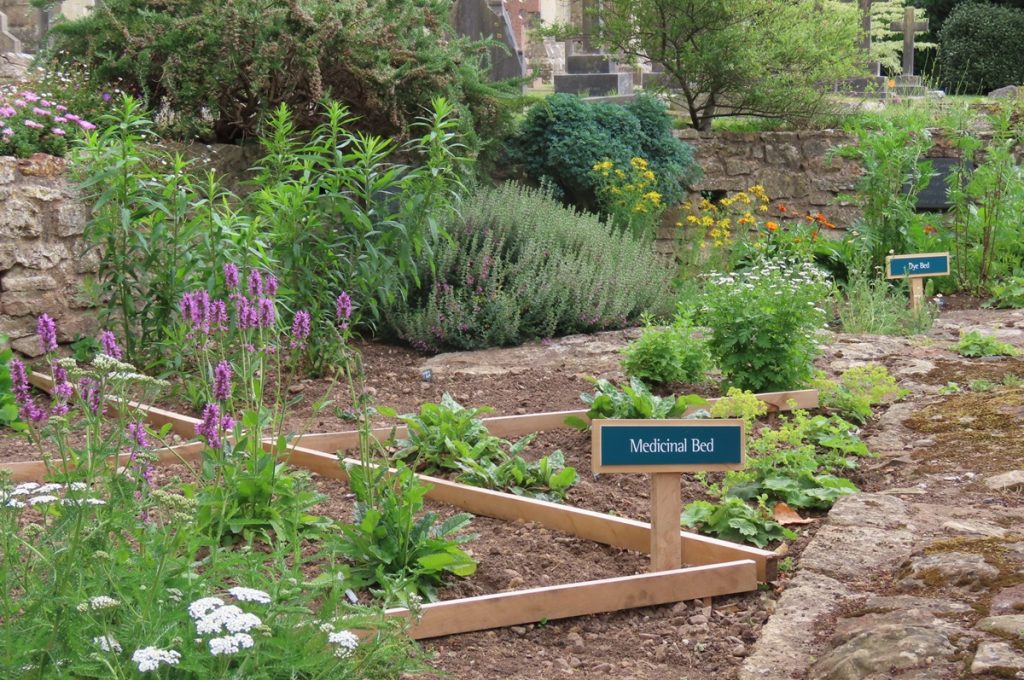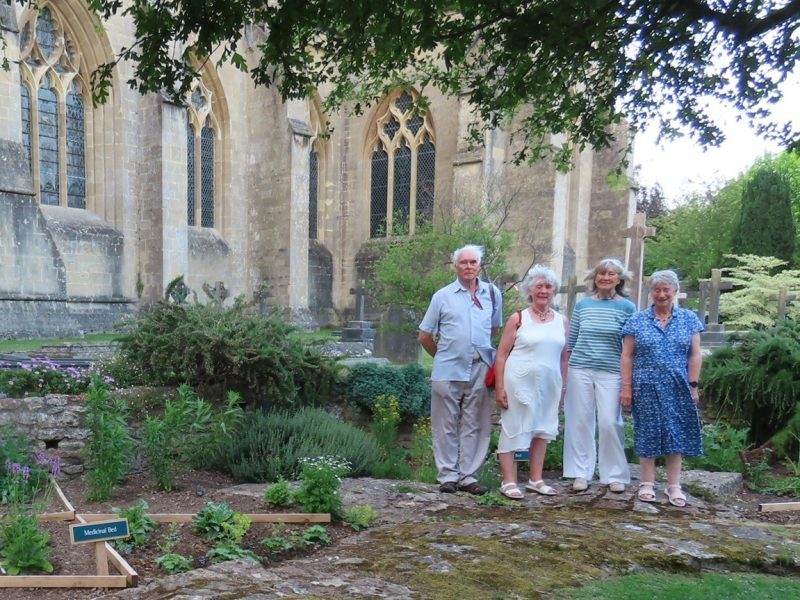Sam Woodhouse discusses a project she is helping with at Wells Cathedral in memory of 16th-century Dean of Wells William Turner
NOT many people know there is a hidden garden beside Wells Cathedral, known as the Camery Garden (the word ‘Camery’ denotes the idea of seclusion or privacy). Accessed from the ancient cloisters, it is a calm and healing place.
On Saturday, June 21, a crowd of 60 supporters together with the Mayor of Wells and Deputy Lord Lieutenant of Somerset celebrated the first stages of a new project in the Garden in memory of William Turner, the 16th-century Dean of Wells who is known as ‘The Father of English Botany’.
In Tudor England there were of course no drugs, no chemists, no modern medicine such as we know today. For healing, people used plants, and William Turner, who understood the many different healing properties of plants and had studied ‘physic’ (meaning ‘medicine’, or ‘the art and practice of healing’) at two European universities, spent much time walking the lanes of ‘Sommersetshyre’ gathering together the wisdom of local healers and village ‘apothecaries’.
The extensive knowledge that he gained both from his studies in Greek and Latin and particularly from these local healers was carefully chronicled in the three volumes of his New English Herbal, the first books on botany written in English rather than Latin.
These pioneering books, illustrated with striking woodcuts, are in the Cathedral library with copies available to the public for reading. It is hard to overestimate their significance.
Turner himself created a garden in the Old Deanery area, but no trace of the original remains. In 2003 a group of gardeners, botanists and historians led by Sylvia Hanks created the first recent William Turner Garden at the Old Deanery in tribute to him; Sarah Hare led the group from 2010- 2020. The Old Deanery is now in private ownership and that particular garden is no more.

Part of the William Turner Garden
The new William Turner Garden is laid out in three beds, Medicinal, Dye and Culinary. In these beds, strikingly designed in a diamond pattern to match the Cathedral window panes, the small team of volunteer gardeners are planting plants that Turner himself would have known and that he writes about.
Some of the plants, or cuttings of the plants, were preserved by the team of volunteers that worked on the Garden at the Old Deanery, and these are among those planted in the new William Turner Garden at the Cathedral.
In time, signage will be added to tell modern visitors which plants were good for which ailments, using some of Turner’s own colourful language.
In these times of crisis – both of the climate and the loss of biodiversity – this small initiative in the Cathedral at Wells can remind us of how important plants are for human health and well-being, and how in our own very different age we need to cherish them.


